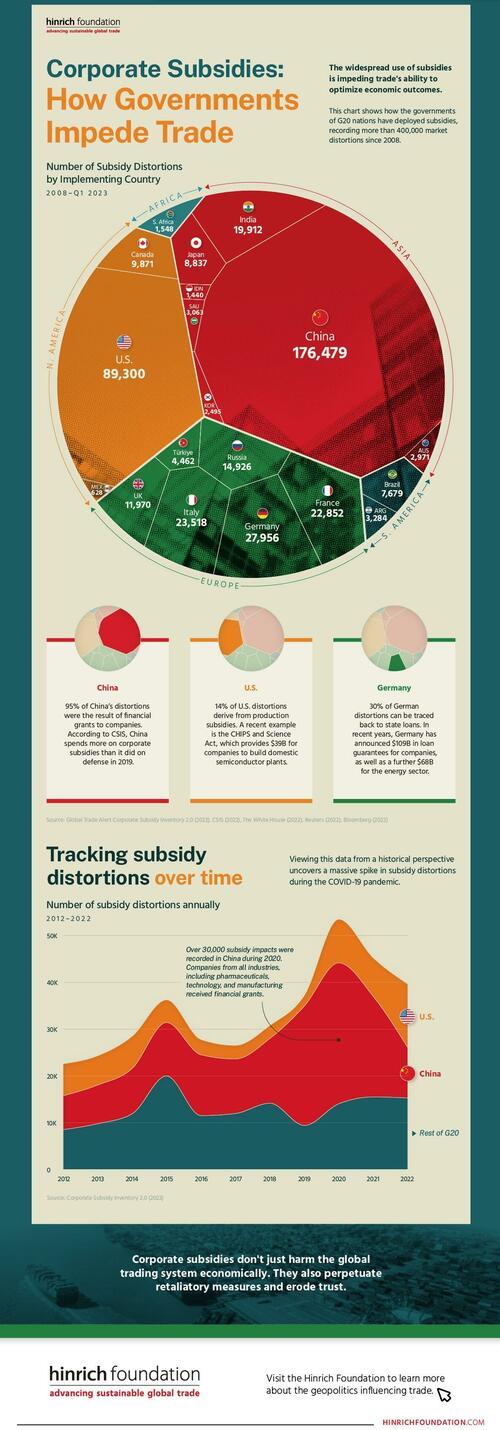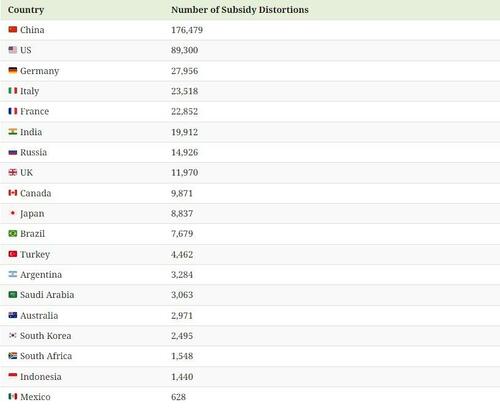“The Government … points to laws in several colonies and states that disarmed classes of people considered to be dangerous, specifically including … slaves,” noted the Fifth Circuit in U.S. v. Rahimi. Applying the Supreme Court’s test in N.Y. State Rifle & Pistol Ass’n v. Bruen, the court found the federal ban on gun possession by a person with a domestic violence restraining order (DVRO) to lack Founding-era precedent and hence violates the Second Amendment.
In its merits brief in the Supreme Court, the Government drops any mention of slavery like a hot potato. However, it cannot escape the racist taint of so many historical gun laws. It approvingly cites California’s “Greaser Act” of 1855 which provided: “All persons who are commonly known as ‘Greasers’ or the issue of Spanish and Indian blood, … and who go armed and are not known to be peaceable and quiet persons, and who give no good account of themselves, may be disarmed by any lawful officer, and punished otherwise as provided in the foregoing section.” That was 90 days at hard labor.
The Second Amendment recognizes the preexisting “right of the people to keep and bear arms,” which laws like the above violated. The Government devotes several pages under the heading: “History confirms that Congress may disarm persons who are not law-abiding, responsible citizens.” While Bruen made reference to “law-abiding, responsible citizens,” it did not purport to substitute that term for “the people.” As the Greaser Act illustrates, the Government places no limit on what laws are passed and thus who is “law-abiding.”
Just consider the Government’s historical precedents. Charles II disarmed Protestants under the Militia Act of 1662. While “that practice continued after the adoption of the English Bill of Rights,” that was because the Bill only recognized that the subjects “which are Protestants may have arms for their defense.” That allowed confiscation of the arms of Catholics without individualized determinations of dangerousness.
The Government also argues that persons who went armed in a manner to terrify the King’s subjects, as provided by the Statute of Northampton, could have their armor seized and forfeited. But they were not prohibited from obtaining other arms.
During the Revolution, patriots seized the arms of loyalists and others who refused to take an oath of allegiance. They also seized their literature and their estates, and they attainted them without trial. But that was war, the struggle between life and death. The First and Second Amendments, and the prohibition on bills of attainder, prohibit that under normal conditions.
In the Gordon Riots of 1780, rioters had their arms confiscated and were arrested or shot. A debate ensued in the House of Lords about whether arms of law-abiding persons were seized, but officials represented that they were not. This incident doesn’t support the ban on possession by individuals subject to DVROs.
The Dissent of the Minority in Pennsylvania’s ratification convention of 1788 proposed that “no law shall be passed for disarming the people or any of them, unless for crimes committed, or real danger of public injury from individuals….” But today’s ban does not require that a crime be committed. Even if a DVRO is issued ostensibly because of “real danger of public injury,” the federal law overrides decisions of state judges who issue such orders, but in some cases do not deem it necessary to include a no-gun order. Anyway, Heller said it was “dubious” to rely on proposals like the one from Pennsylvania to interpret the Second Amendment.
The Government further cites Senator Henry Wilson who in 1866 defended Congress’s “power to disarm ruffians or traitors, or men who are committing outrages against law or the rights of men.” But that was in the context of actual violence against newly-freed slaves for which the perpetrators could be arrested and convicted. It is not a precedent as applied to a person who has committed no crime.
The Government does not argue that the public understanding in 1868 (when the 14th Amendment was ratified) overrides that in 1791 (when the 2nd amendment was ratified), leaving that task to Everytown, which has been filing such briefs in other cases. Mark Smith put that argument to rest in Attention Originalists. But the Government cannot resist citing scores of laws from the 1880s and 1890s about “tramps,” intoxicated persons, and other irrelevant categories.
Try as it might, the Government comes up short in its attempt to find appropriate historical analogues. Under the rubric of “disarmament,” it conflates the actual seizure of an arm from a person who has committed a crime with the current law’s prohibition on the possession of any arm, including one that would be acquired in the future, without any criminal conviction. Then it falls back on means-ends scrutiny, but that was emphatically rejected by Bruen.
As expected, a boatload of amicus briefs have been filed by supporters of the Government’s position. For humor, start with the brief of Carl Bogus and others with the argument heading “Heller and Bruen Were Wrongly Decided and Should Be Overruled.”
The usual suspects always show up in these cases. When Bruen was decided, Saul Cornell shot back with his article “Cherry-picked history and ideology-driven outcomes: Bruen‘s originalist distortions.” He now joins the Brief of Professors of History and Law instructing the Court on how to faithfully apply Bruen to resolve Rahimi.
A couple of briefs make the point that, even if the Court invalidates the federal ban, state judges should still be able to issue protective orders with particularized findings that a person is dangerous and should not possess firearms while the order is in effect. That the states have that power exposes the redundancy of the federal law as “feel good” legislation.
The DVRO provisions of the Texas Family Code are read by Texas courts as requiring only a low standard of proof akin to a preponderance of evidence or “more than a scintilla of evidence.” A persuasive argument may be made that the standard should be the more robust one of clear and convincing evidence. In Addington v. Texas (1979), the Supreme Court approved that standard for an involuntary commitment to a mental hospital.
Back to the historical issue, the Brief of Second Amendment Law Scholars argues that the Founders had little reason to regulate firearms to address domestic violence, because colonial-era muskets were not commonly used in such incidents, as handguns are today. Instead, domestic violence was committed with “whips, sticks, hoes, shovels, axes, knives, feet, or fists.” But that only reinforces that at the Founding, actual assault and murder were addressed with prison or the gallows. No laws prohibited persons who had not committed a crime from possession of firearms—or whips, sticks, hoes, shovels, axes, or knives.
Jacob Charles, one of the authors of the above brief, recently published “On Sordid Sources in Second Amendment Litigation.” It poses the dilemma of relying “on relevant but undeniably heinous laws or allow[ing] gun regulations supported by empirical evidence to be felled.” Should the advocate refuse to rely on, e.g., the slave codes, to support restrictions, or hold one’s nose and follow what he calls the Abstraction Approach, under which one cites such heinous laws as analogues to support modern bans?
Prof. Charles argues for the latter. First, “judges will not interrogate how the Second Amendment itself” has “been used to further White supremacist ends….” For that he cites the thesis of Carl Bogus, which I have shown to have ignored that recognition of the right to keep and bear arms was demanded in Northern states where slavery had been or was being abolished. Charles then refers to “incidents of guns furthering white supremacist purposes.” Well yes, at times when African Americans were deprived of Second Amendment rights.
From the above, Prof. Charles concludes that “it would be especially incongruous to use the racist history of gun regulations to pretermit legislation today.” He adds: “The law struck down in Heller, for example, was itself backed in the 1970s by a Black-led coalition that was especially concerned about the toll gun violence was taking on Black lives.”
But the D.C. ban prevented African Americans (and all others) from obtaining handguns for defense of themselves, their homes, and their communities. Would you care to speculate against which population group it was largely enforced? And it should be recalled that the lead plaintiffs in Second Amendment challenges, Seegars v. Gonzales and Parker v. District of Columbia – which became Heller in the Supreme Court – were African American women.
And then there was Otis McDonald v. Chicago, led by an elderly African American man who, according to the complaint, “resides in a high-crime neighborhood and is active in community affairs. As a consequence of trying to make his neighborhood a better place to live, Mr. McDonald has been threatened by drug dealers.” Also, if you’re for criminal justice reform, check out the Brief of the Black Attorneys of Legal Aid, which Bruen cited for incidents in which “a law-abiding person was driven to violate the Sullivan Law because of fear of victimization and as a result was arrested, prosecuted, and incarcerated.”
Contrary to the strategy of relying on the likes of the slave codes to justify the federal ban on gun possession by persons subject to a DVRO, the Government in Rahimi decided to remain silent on that as an appropriate analogue. While the other analogues it cites don’t really fit either, dropping that argument was well overdue.
The post Second Amendment Roundup: Looking for Historical Tradition in All the Wrong Places appeared first on Reason.com.
from Latest https://ift.tt/wWFI7d4
via IFTTT













